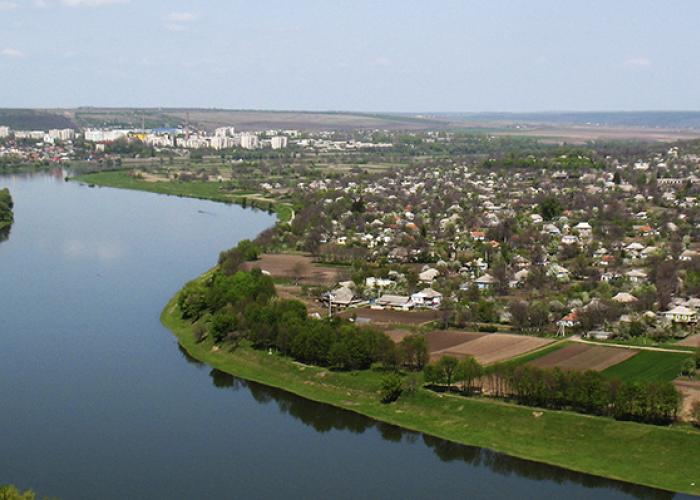
FLOODsite: Integrated flood risk analysis and management
The five-year FLOODsite project was the largest ever European Commission (EC) project on floods, involving a team of over 200 researchers from 37 institutions in 13 countries. HR Wallingford was responsible for co-ordinating and managing the overall project, as well as contributing to (and sometimes leading) several of the scientific research tasks.
The results of the FLOODsite research project are a valuable resource for all involved with flood risk management and are supporting actions required by the European Directive on the assessment and management of flood risks.
Developing our understanding of flood risk
FLOODsite was an interdisciplinary project, integrating expertise from across physical, environmental and social sciences, as well as spatial planning and management. The project had over 30 research tasks in seven Themes including pilot applications in Belgium, the Czech Republic, France, Germany, Hungary, Italy, the Netherlands, Spain and the UK.
At the end of the project, the results were made public, including over 140 reports on the project website, www.floodsite.net. In all, the project team produced over 600 publications in the form of journal and conference papers, contributions to books and project reports.
The main research advances that resulted from the FLOODsite project broadly fall into three categories:
- flood risk analysis including: statistics of extremes, reliability of flood defences, and assessment of social and economic consequences of floods.
- flood risk management practice including: developing and assessing strategic alternatives, flood warning and emergency management.
- support for decision-making processes on long-term planning and flood event management.
Research contribution
Key areas where HR Wallingford researchers provided a significant contribution to the scientific content of the project included:
- analysis of extremes, joint probability analysis and hydraulic loadings
- understanding and predicting failure modes of defences and modelling defence breach
- predicting morphological changes, mostly related to rivers and estuaries
- reliability analysis of flood defences, including the development of a new software tool called RELIABLE
- emergency flood management and evacuation modelling
- decision support frameworks for long-term planning, including a prototype tool for the Thames Estuary
- decision support framework for flood event management, including a prototype tool called FLINTOF
- the Thames Estuary pilot study, which developed a quantified model for flood risk analysis that could be used for long-term planning and asset management.
Sharing research outcomes
Due to the scale of this project, the project co-ordination and communication and dissemination activities were of particular importance and the approaches adopted by HR Wallingford proved highly effective. This included:
- a report called “The Language of Risk” with agreed definitions of flood risk terminology to enable team members to communicate more effectively within the project and beyond.
- a Communication and Dissemination Plan that can be used as a template for future large research projects.
- a project website, www.floodsite.net, used by project partners throughout the project, but which now provides the public with a vast range of information on flood risk, linking to final project documents, tools, animations and demonstrations.
FLOODsite was an Integrated Project supported by the European Commission Sixth Framework Programme within the Action on Natural Disasters in the Priority Thematic Area Sustainable Development, Global Change and Eco-systems. Contract GOCE-CT-2004-505420. Neither the European Community nor any member of the FLOODsite Consortium is liable for any use of the research information.

